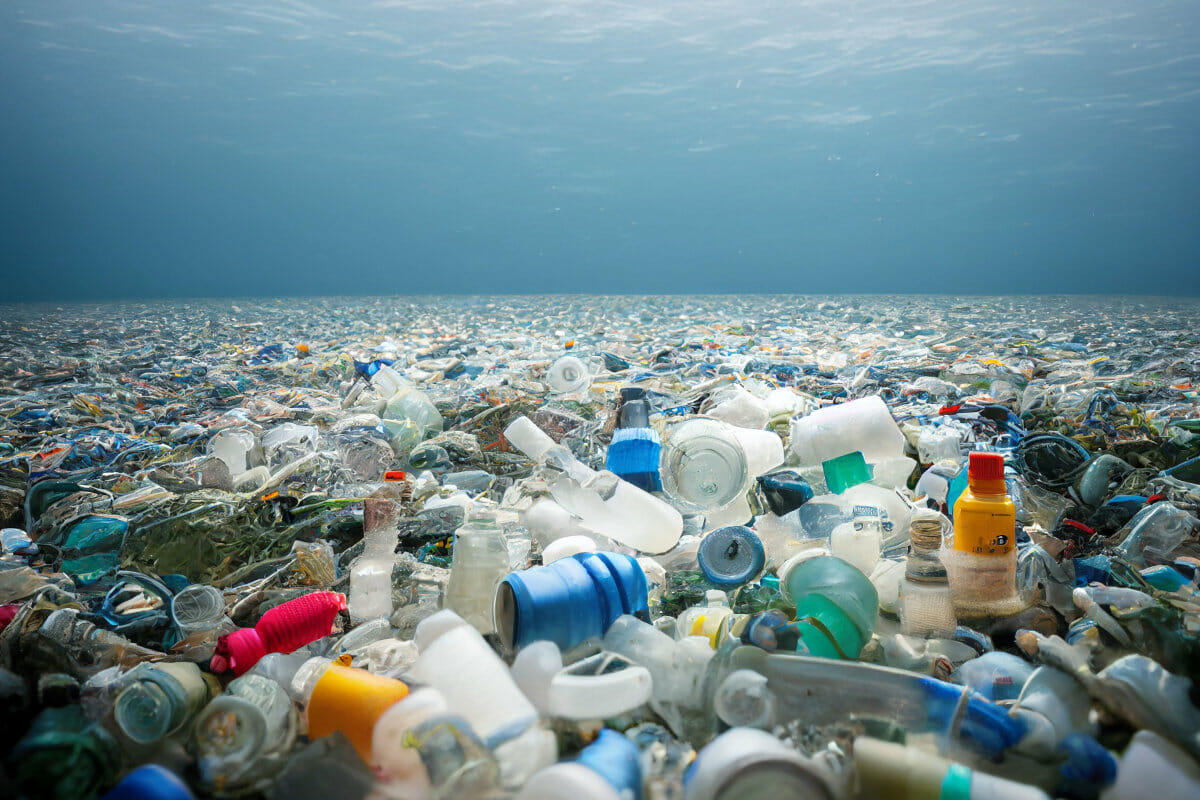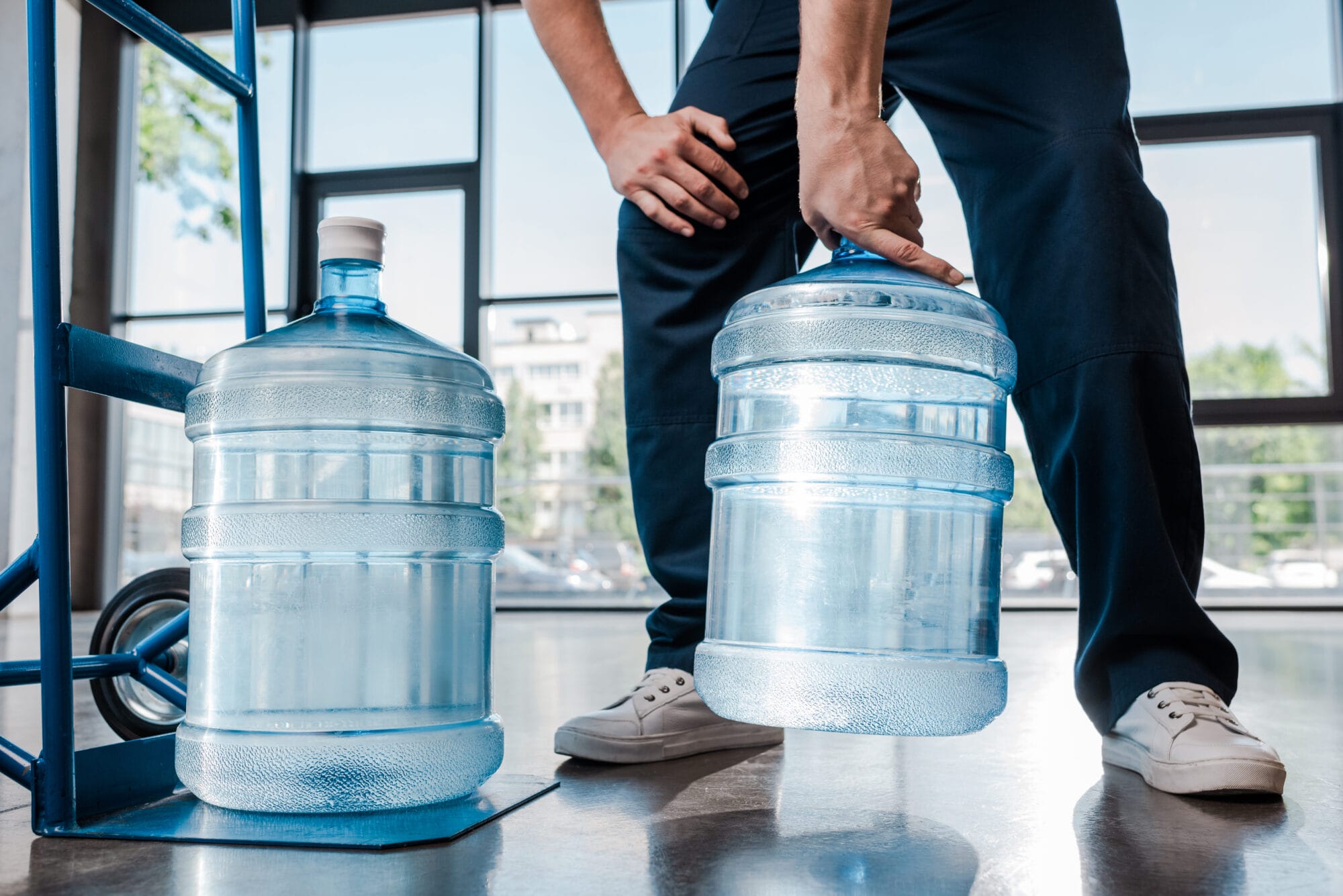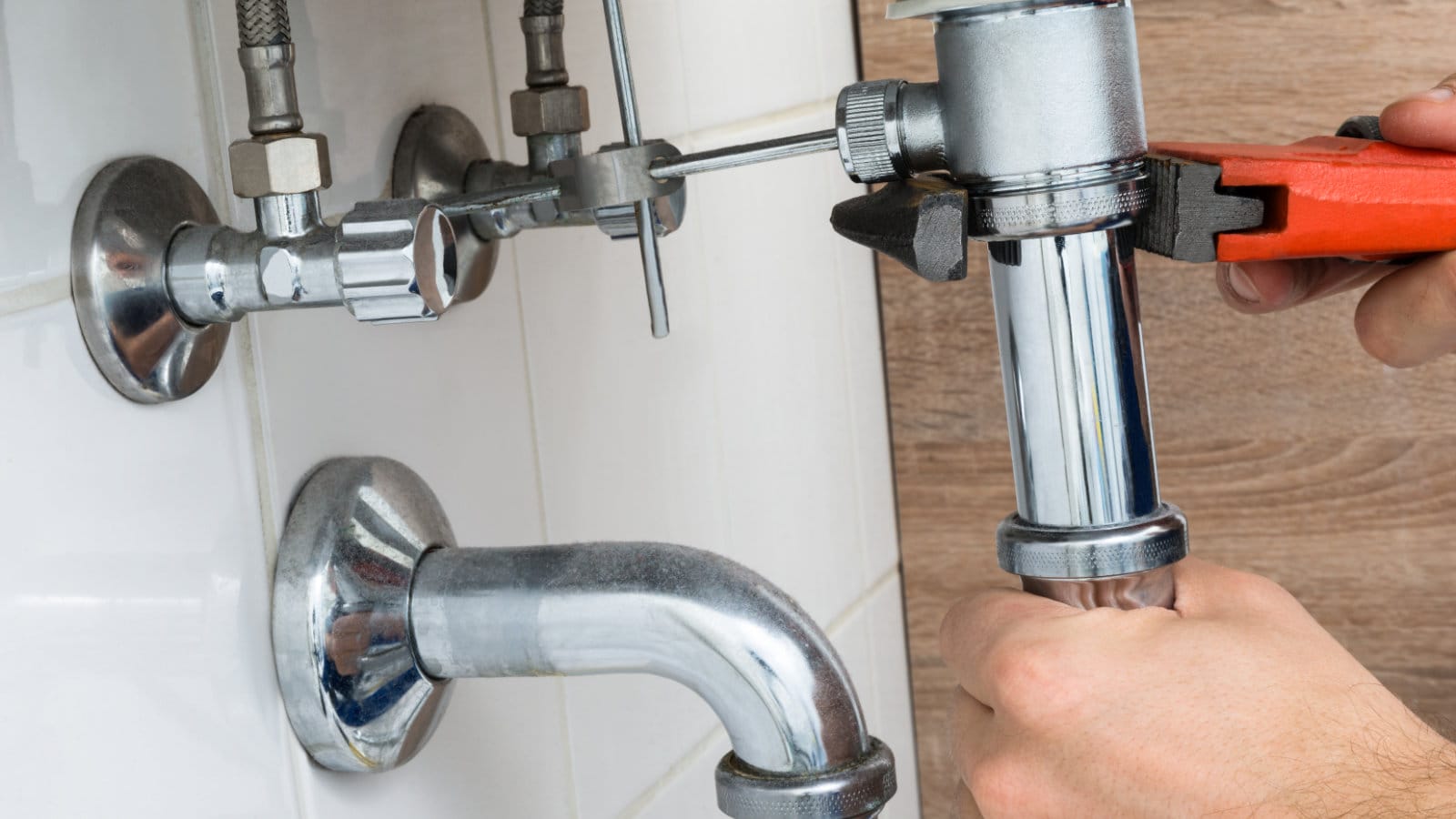PFAS can be found pretty much everywhere in the environment today. PFAS can be found in the tap water of over two hundred million Americans, especially in underprivileged and lower-income communities. PFAS are used in a variety of things and are a group of similar chemicals. They’re associated with many negative health effects and have recently been gaining more awareness due to how widespread they are: PFAS are such a problem they’ve been featured in pop culture segments like John Oliver’s Last Week Tonight, but they’ve also even promoted statements from the FDA and EPA, who will be monitoring PFAS levels in tap water, and creating regulations going into 2023.
How Do PFAS Get in Water?
You might be wondering what PFAS are doing in your water and how they even got in there, to begin with. Unfortunately, PFAS are extremely small and can bioaccumulate, meaning the amount adds up over time. Some of the most common sources of PFAS include non-stick pans and firefighting foam used for extinguishing flames. Because they don’t disintegrate over time, they exist everywhere in the environment, including in our water sources.
Traditional methods used for filtering and sterilizing water don’t work to remove PFAS, so they remain within your drinking water. Once they are in your body or the body of a loved one or pet, they tend to stay there much in the same way that they do in the rest of the environment. Having PFAS constantly accumulating in your body can lead you to experience unsafe levels of exposure to this particular group of chemicals.
Many people feel concerned about potentially being exposed to PFAS, especially those who have children, immunocompromised people, or pets residing in their houses with them. Attempting to remove PFAS from your water might sound confusing, but it can help to mitigate the side effects PFAS can trigger in people. The improved water quality is worth it!
Potential Side Effects of PFAS
When PFAS start building up in your body and the environment, they can cause health issues that can rapidly deteriorate your quality of life. The health issues that PFAS cause have been well documented, though experts admit that they don’t know everything yet and that there may be more problems that lay undiscovered. However, we do know that PFAS can possess a multitude of potential negative side effects, including:
- Cancer, like kidney and testicular
- Liver damage
- Fertility issues
- Asthma
- Thyroid disease
- Decreased pediatric vaccine responses
- Low birth weight
Because of the number of negative responses that PFAS cause, it is only natural to want to do what you can to remove them from your water. Limiting your exposure to PFAS can help reduce your risk of developing one of the aforementioned medical conditions and provide peace of mind regarding your health and well-being.
How to Remove PFAS From Water
So if PFAS are pretty much guaranteed to be in your drinking water, can you even get them out? And if so, how do you do that? The good news is that, yes, you can take steps to remove PFAS from your water and limit your exposure to them! A few good ways to remove PFAS from the water within your home are:
Reverse Osmosis
Through the power of reverse osmosis, water is pushed through a membrane filter. The filter catches PFAS and removes them from your drinking water. This option works well as a point-of-use treatment.
Activated Charcoal Filters
Activated charcoal is extremely effective at absorbing things, and PFAS are no exception. Like the membrane filter, PFAS are caught in the pores, thus purifying your water. This treatment is the most studied out of all water purification methods and is known to work quite well.
Ion Exchange Treatments
Ion exchange treatments work similarly to magnets, by drawing PFAS from the water within your home into ion exchange resin. Like the activated charcoal filters, it’s been proven to be extremely effective.
Utilizing one or multiple treatment methods for PFAS, such as the ones listed above, can help reduce their levels in your home and water, thus limiting your exposure to them. What water filtration option you choose will depend on your home and personal preferences, but everyone can benefit from lower levels of PFAS and improved water quality.
PFAS Water Filtration Options for the Home
When selecting a water filtration option for your home, consider the following things:
What Kind of PFAS You’re Dealing With
It’s vital to remember that PFAS aren’t just one single chemical— they’re a group of related chemicals. What PFAS occur in your specific home can vary, and not all kinds of filters work equally well, so it’s essential to first determine which PFAS you have. Contact your local municipal department or do an internet search to find out which PFAS you should be concerned about. Once you have that information, you can select the right filtration system based on that.
Where You Want to Place the Filter
Different filters can be placed in different spots in your house, such as a water filter that goes in a pitcher or one that attaches to your sink head. Every household has different needs, so consider this while shopping.
What the Reviews Are Like
Make sure whatever water filtration system you buy has been tested and has excellent customer reviews. Taking the time to do this research beforehand ensures that you get effective PFAS filtration and a long-lasting system.
Testing
While not technically a water filtration option, having your water regularly tested for PFAS levels can help you understand how well your water filtration systems are working within your home. It’s a good practice to keep in mind in addition to other preventative measures, like filtration systems.
Conclusion
PFAS can cause several harmful effects on your health, so limiting your exposure to them is well-advised. One of the biggest sources of PFAS that people deal with is within their water. A household water filtration system can help to remove PFAS from your water and provide safe drinking water for you and your loved ones.





